DICKEYBIRD
Well-Known Member
- Joined
- Sep 27, 2007
- Messages
- 653
- Reaction score
- 47
Heres some pictures I shot on a road trip last weekend. Its a Fairbanks-Morse Model Y that sits by the side of the highway just outside of Gillett, AR. What tales this ol feller could tell if he could talk!
Its in amazingly good condition and would make a great modeling subject if I could ever get out of the tool-making mode. Its a 2-stroke diesel and as such would be perfect for a glow plug/methanol semi-scale model project. Dunno if I could replicate that handwheel actuated clutch though!
Heres a website I found about it that tells its history. I was thinking it was a 20s or 30s era engine but it was the last one installed on the rice plantation and was put into service early in 1946; one year before I was born. http://www.arkansaspreservation.com/historic-properties/_search_nomination_popup.asp?id=978
Heres a YouTube video of one just like it being fired up & run. [ame]http://www.youtube.com/watch?v=2MIfa6n-4-I&feature=related[/ame]
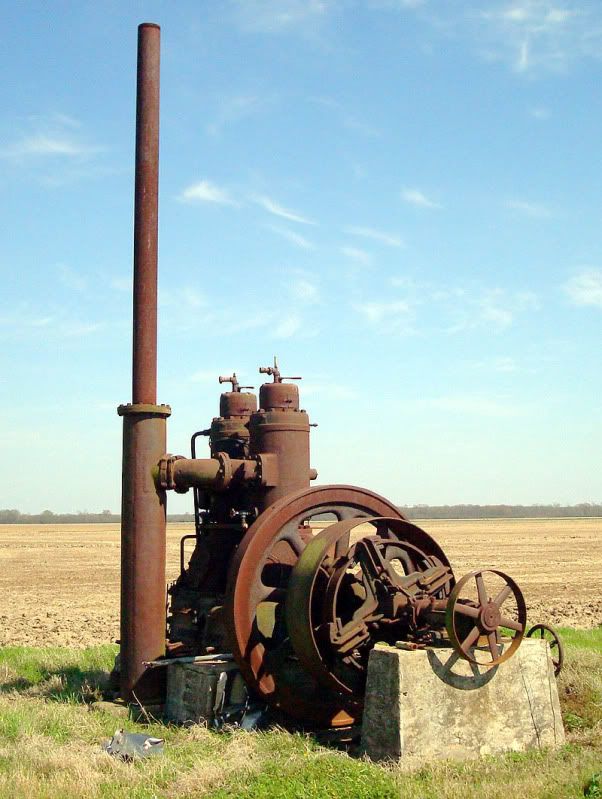
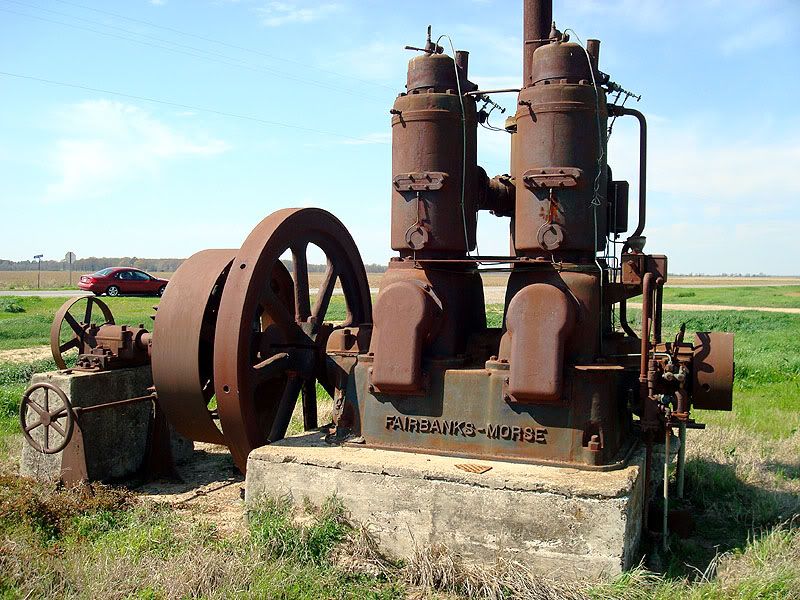
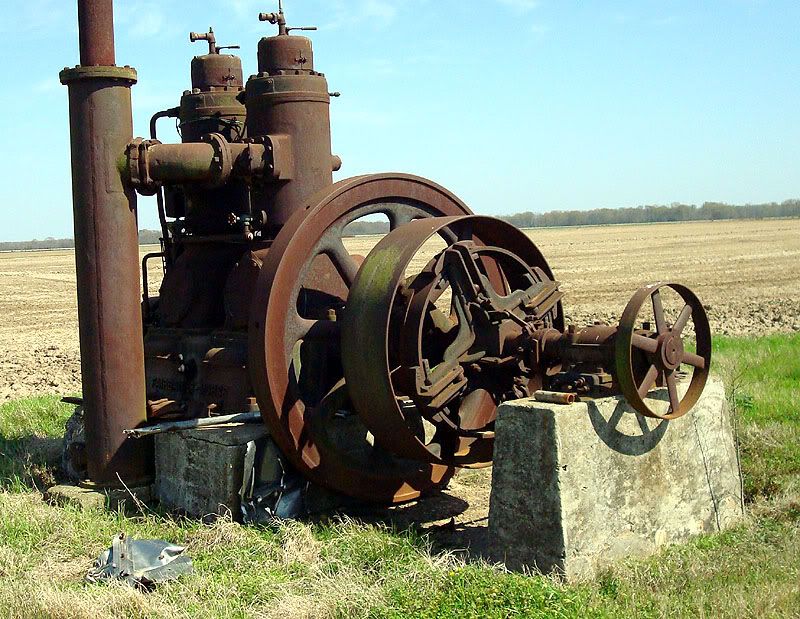
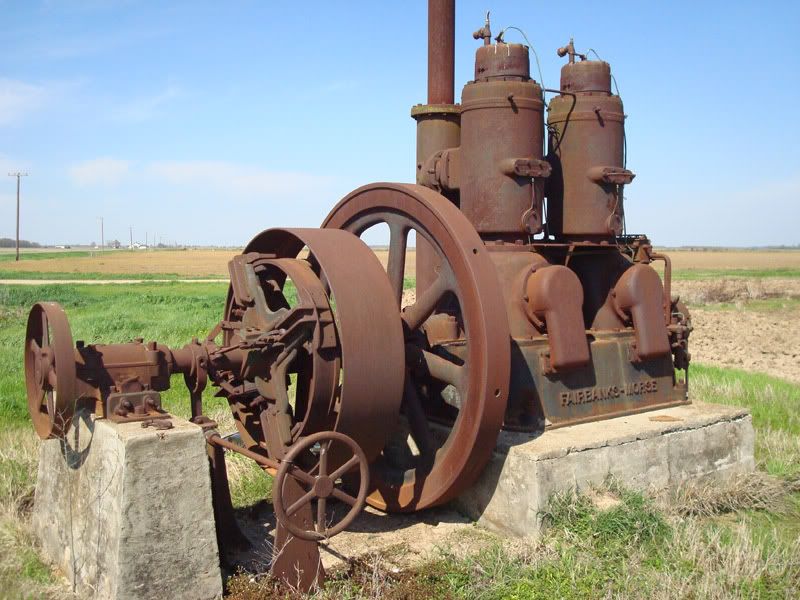
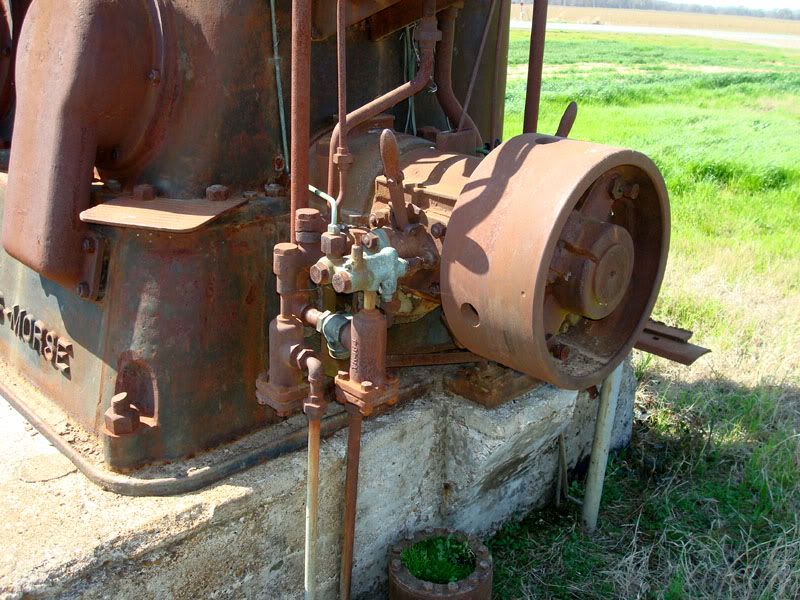
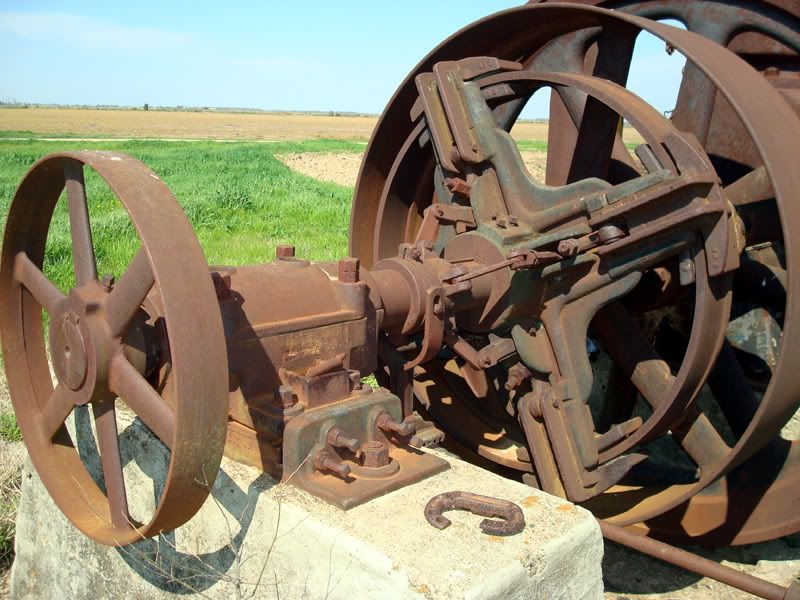
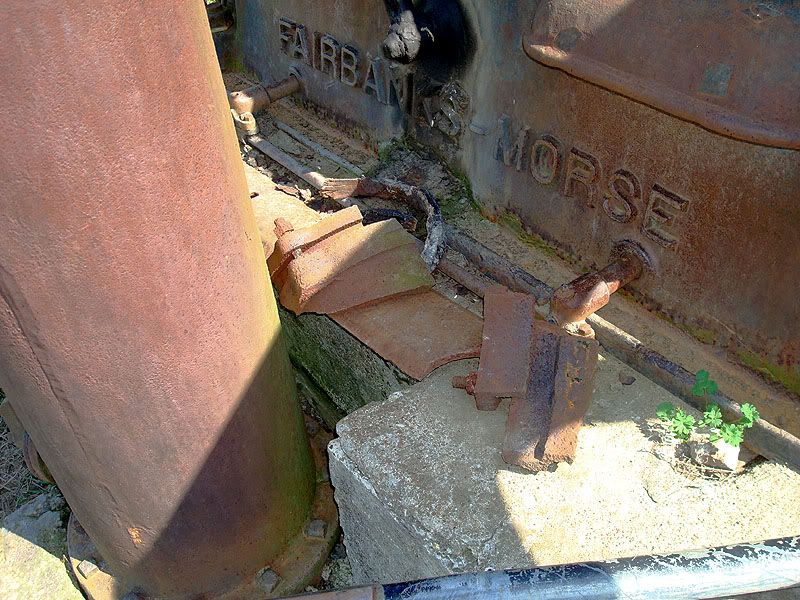
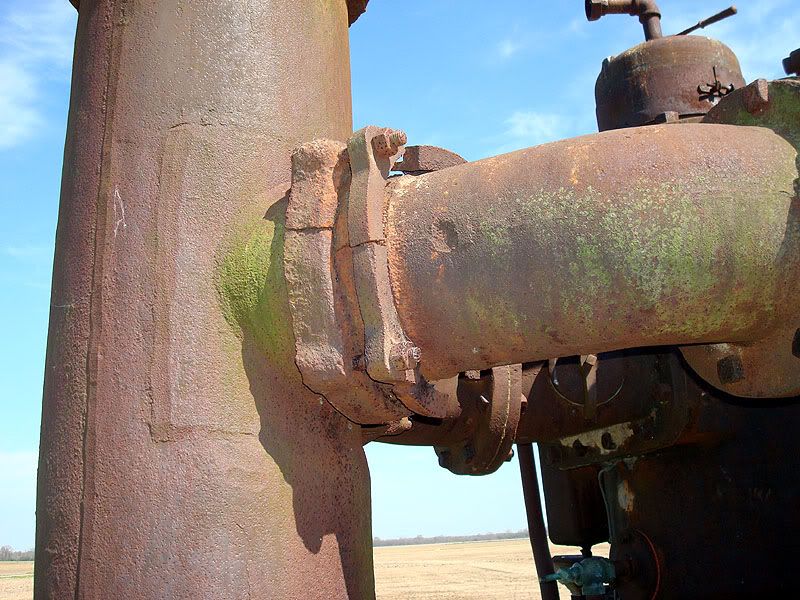
Its in amazingly good condition and would make a great modeling subject if I could ever get out of the tool-making mode. Its a 2-stroke diesel and as such would be perfect for a glow plug/methanol semi-scale model project. Dunno if I could replicate that handwheel actuated clutch though!
Heres a website I found about it that tells its history. I was thinking it was a 20s or 30s era engine but it was the last one installed on the rice plantation and was put into service early in 1946; one year before I was born. http://www.arkansaspreservation.com/historic-properties/_search_nomination_popup.asp?id=978
Heres a YouTube video of one just like it being fired up & run. [ame]http://www.youtube.com/watch?v=2MIfa6n-4-I&feature=related[/ame]







































































